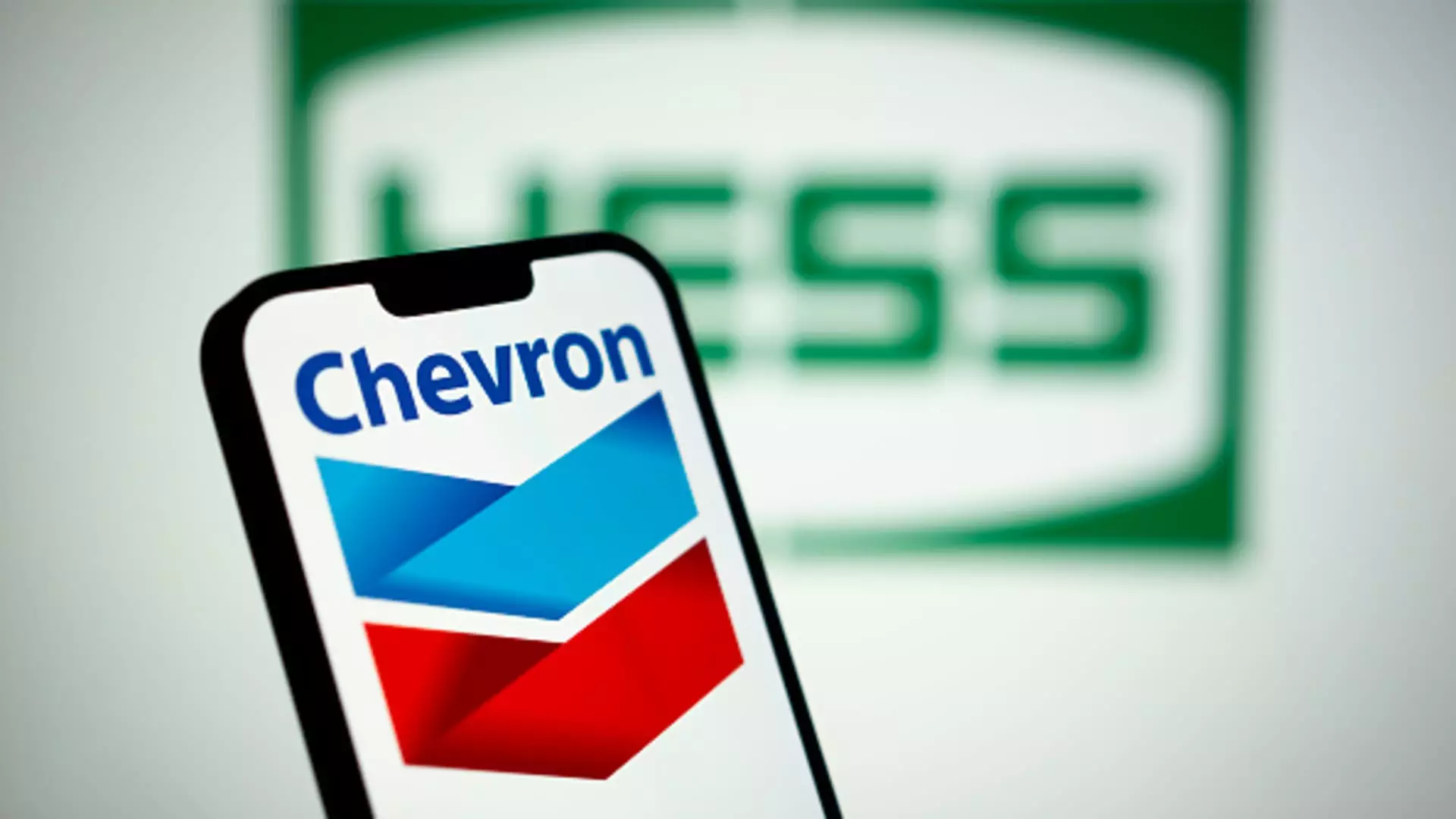In its recent financial report, Chevron surprised the market by surpassing expectations for both earnings and revenue in the third quarter. From a high-level perspective, its earnings per share were reported at $2.51, exceeding the anticipated $2.43, while revenues reached $50.67 billion, outpacing the $48.99 billion projected by analysts. However, a disappointing trend surfaces when comparing these figures to the same period last year; Chevron experienced a substantial decline in profits, with net income falling by 31%, from $6.53 billion in Q3 2022 to $4.49 billion in Q3 2023.
While the company demonstrated financial resilience through better-than-expected quarterly earnings, the overarching narrative reflects a different reality. The decrease in profitability is attributed primarily to thinner margins in refined product sales coupled with declining prices. Additionally, this year’s financial performance was adversely impacted by the absence of favorable tax benefits that were present in the previous year. Thus, while current results may please investors momentarily, they highlight persistent volatility within the oil and gas sector.
In an effort to bolster its financial position, Chevron is undergoing a meticulous restructuring of its asset portfolio. The company has announced plans to divest assets located in Canada, Congo, and Alaska, with anticipated completion of these sales by the fourth quarter of 2024. These strategic moves signal Chevron’s commitment to streamlining operations and focus on productivity and efficiency. The company has set ambitious targets for cost reductions amounting to $2 billion to $3 billion between 2024 and the end of 2026. Such measures may be crucial for enhancing the balance sheet, especially as the industry continues to deal with fluctuating oil prices and economic pressures.
Despite reporting a record return of $7.7 billion to shareholders in the recent quarter, Chevron’s stock performance has been relatively stagnant this year. With share prices experiencing limited upward movement compared to the S&P 500 energy sector’s 6% gains, investor confidence appears tempered. This uncertainty is compounded by external challenges, particularly related to Chevron’s ongoing $53 billion acquisition of Hess. Although the Federal Trade Commission has cleared the deal, it remains entangled in legal disputes, including a claim from Exxon Mobil regarding its rights over Hess Corp.’s valuable assets in Guyana.
Overall, while Chevron’s quarterly results provided a moment of optimism for investors with strong earnings and revenue figures, the underlying metrics reveal a company grappling with significant challenges. The decline in profit margins and encountered legal hurdles may overshadow short-term gains and complicate its long-term strategy. Chevron’s efforts to streamline operations, coupled with strategic asset sales, will be crucial as it navigates a volatile market and seeks to position itself favorably for the coming years. It is clear that Chevron is at a crossroads, and only time will tell how effectively it can adapt to the evolving energy landscape amidst an array of external pressures.

